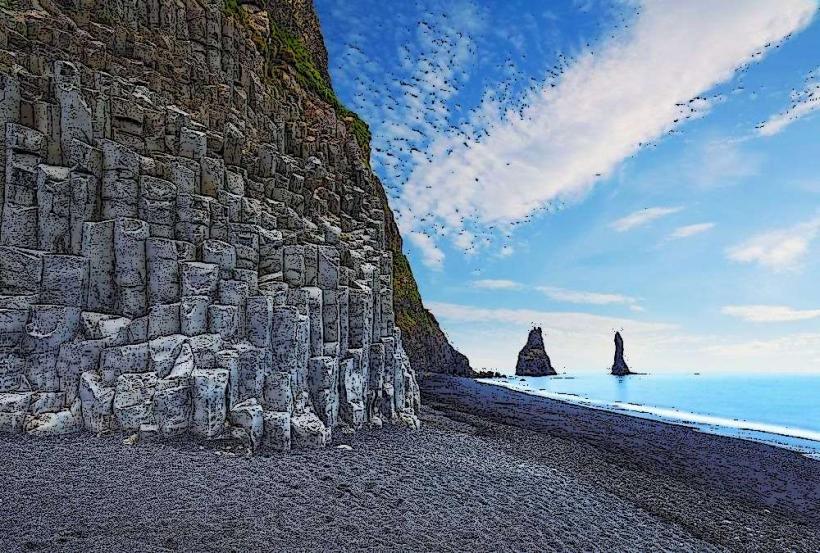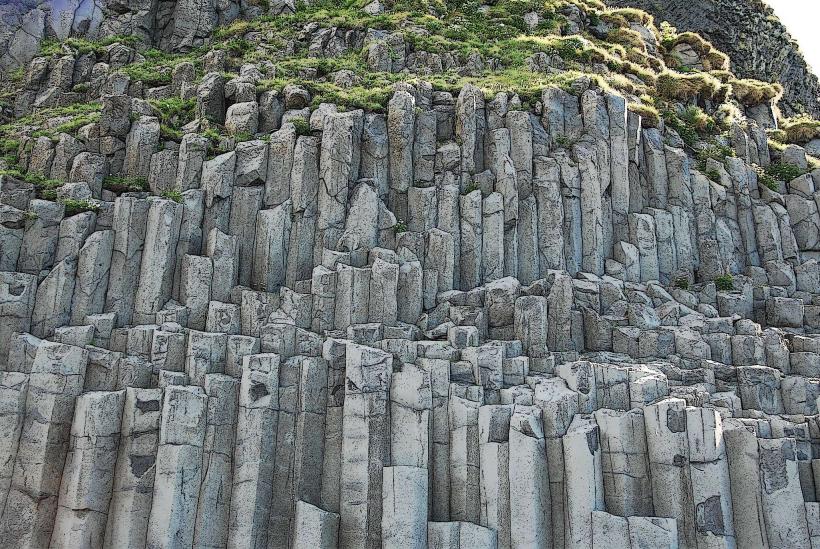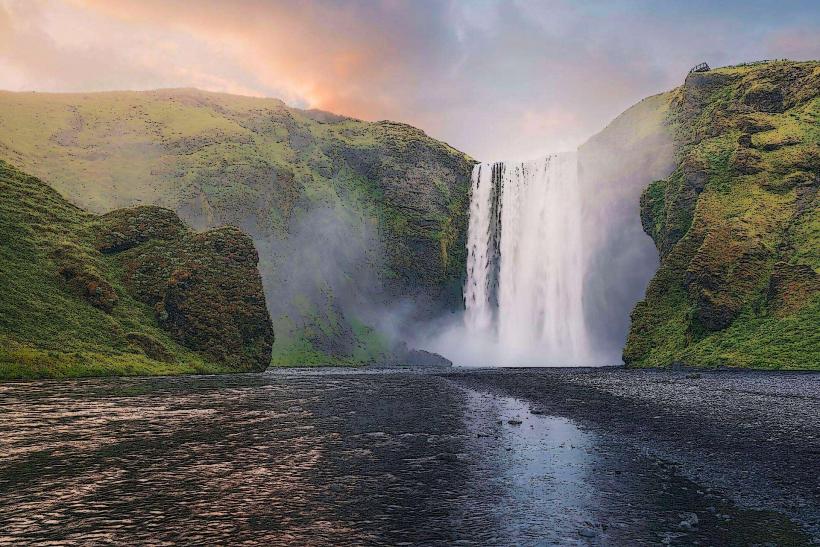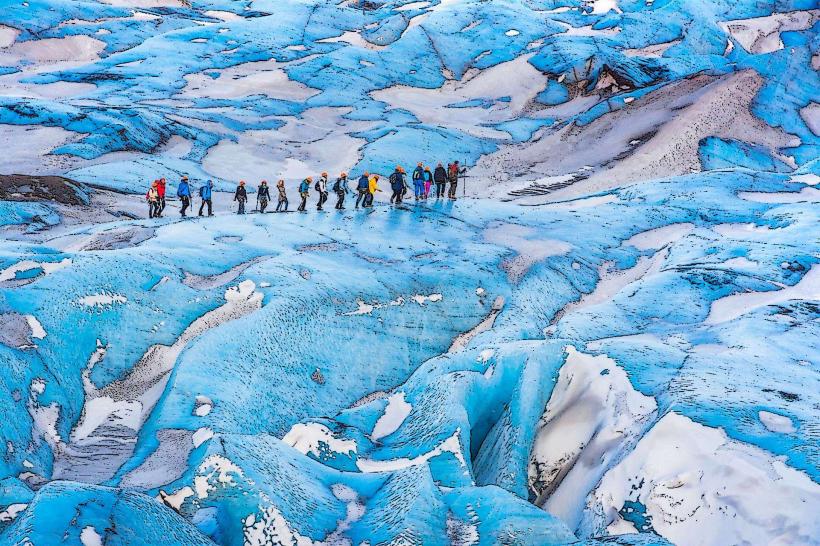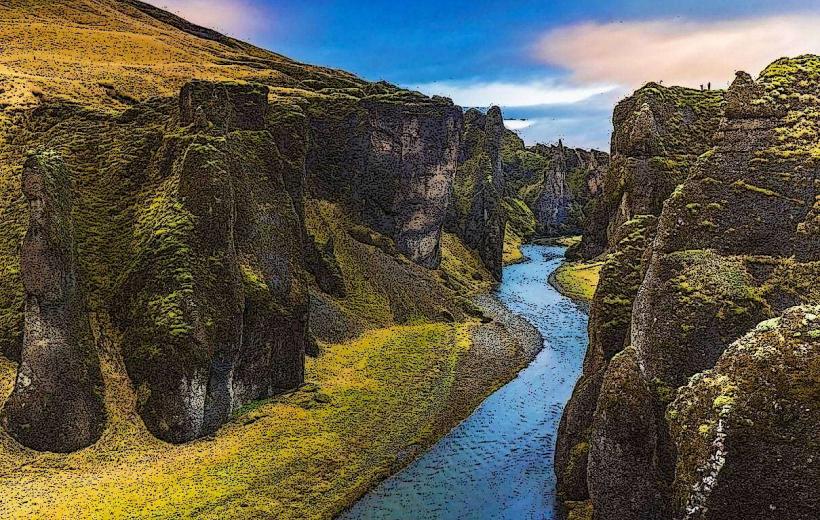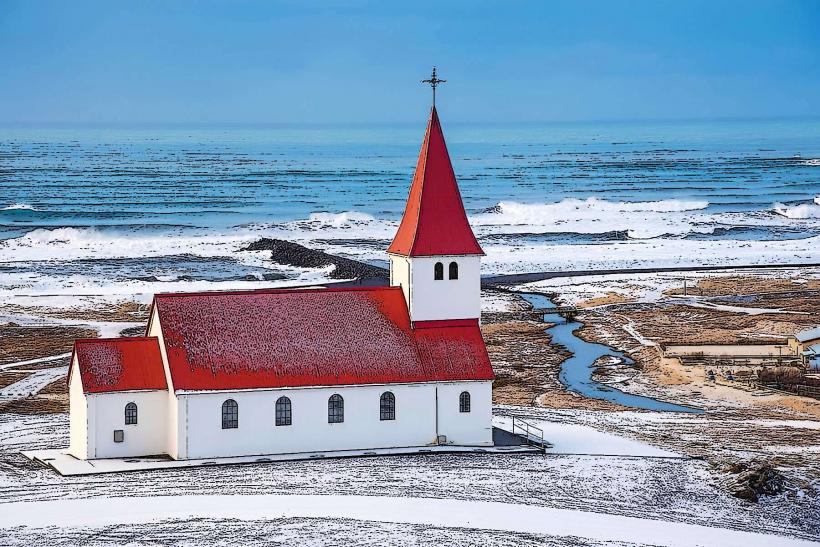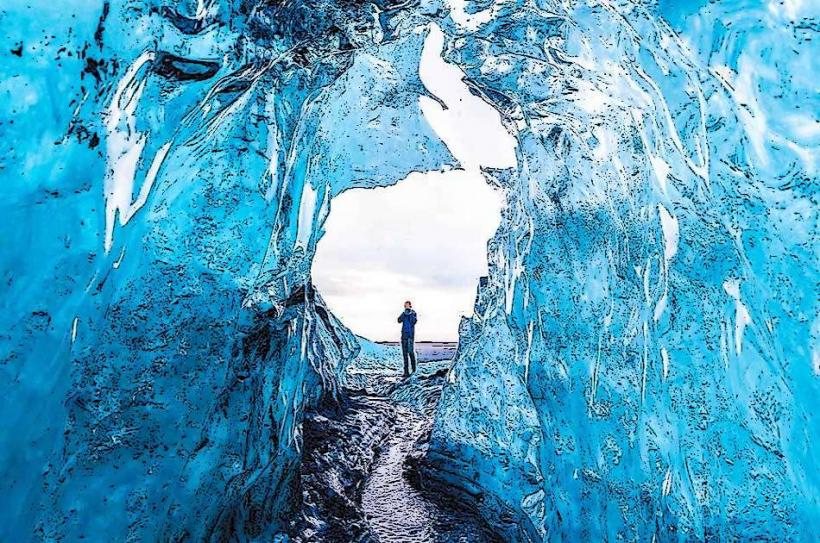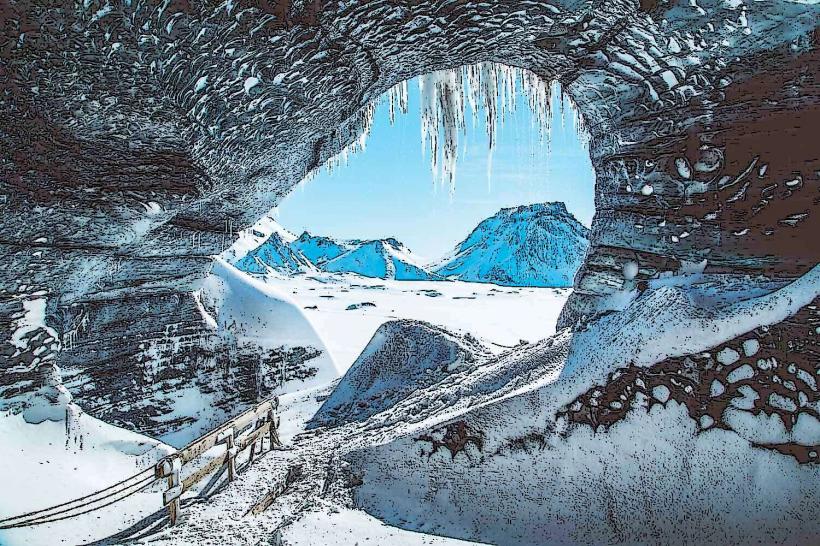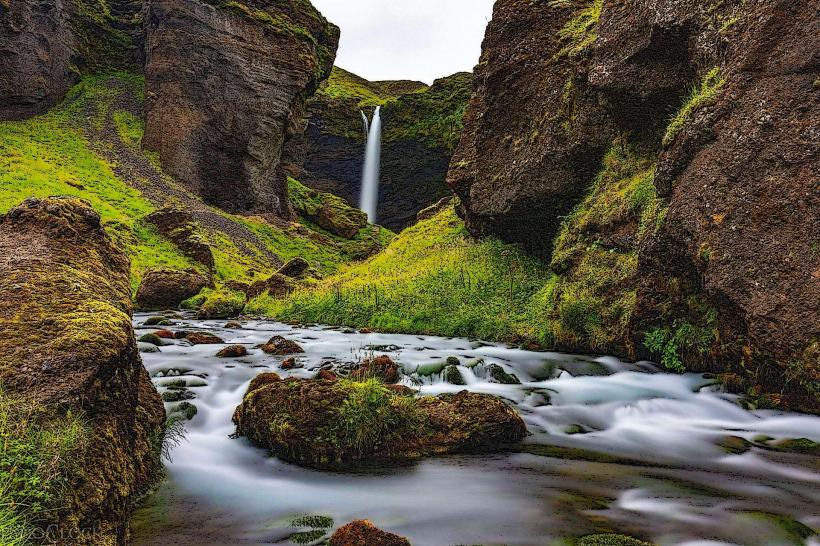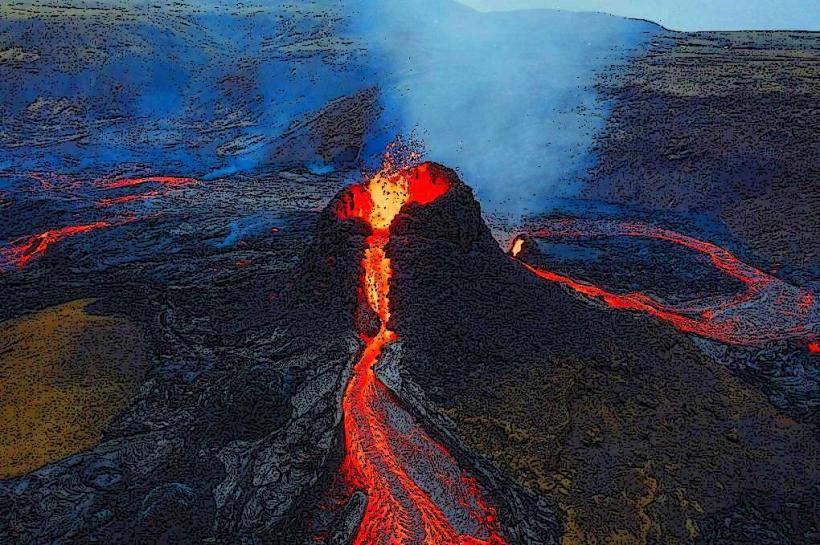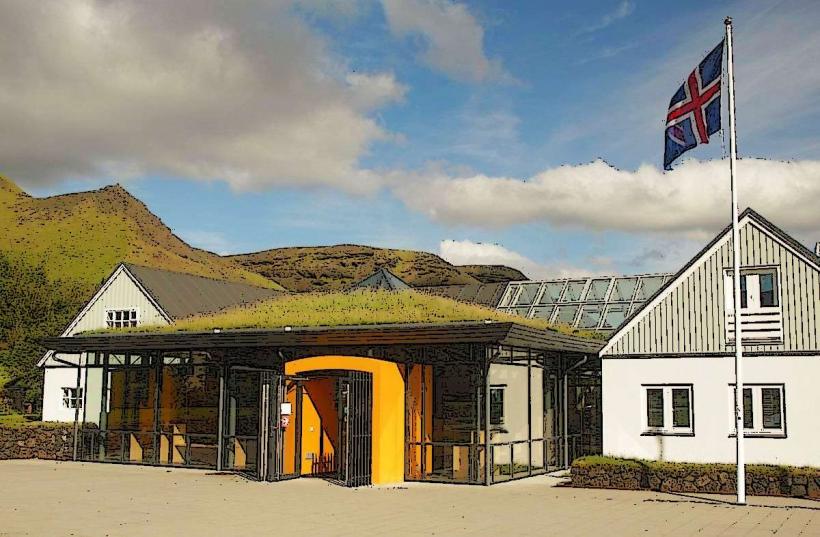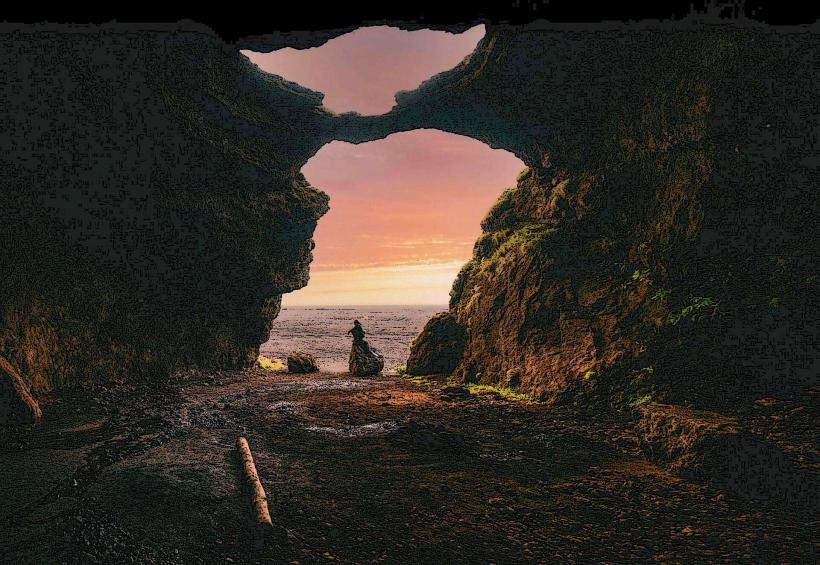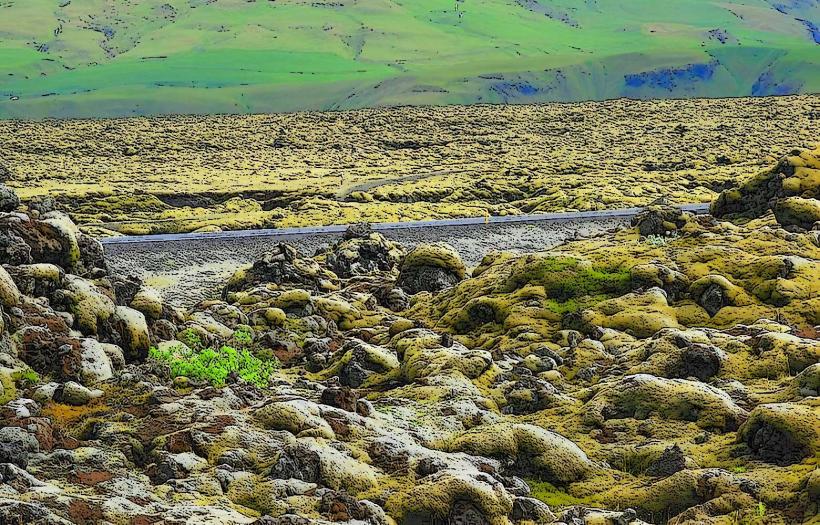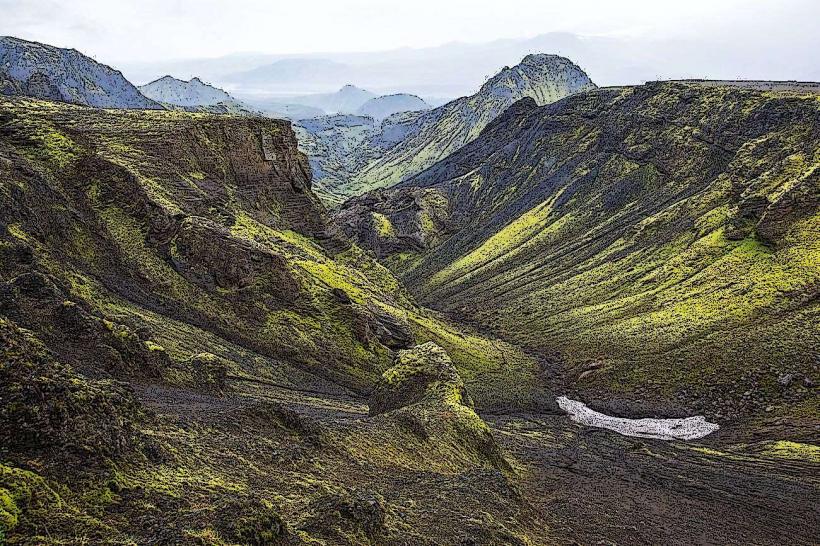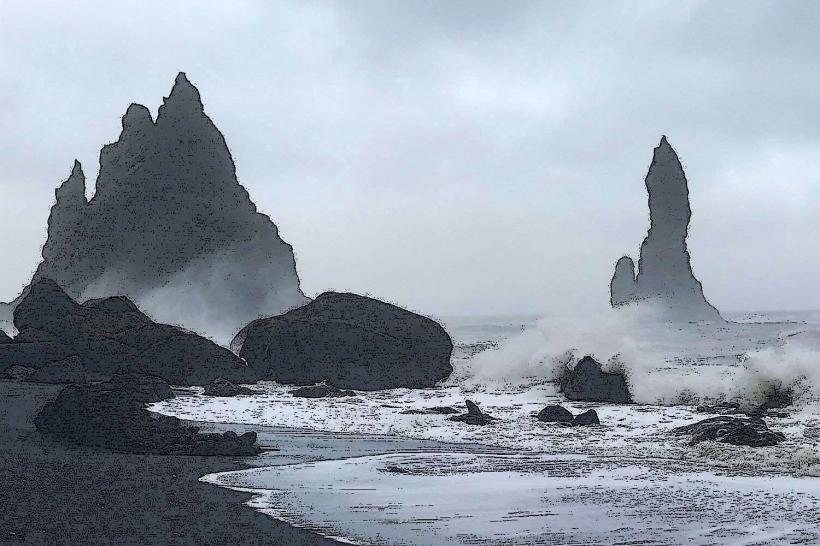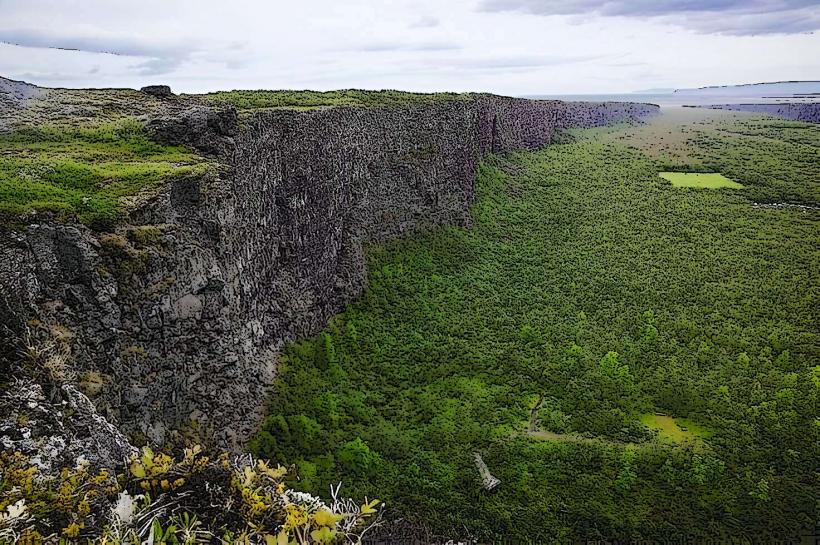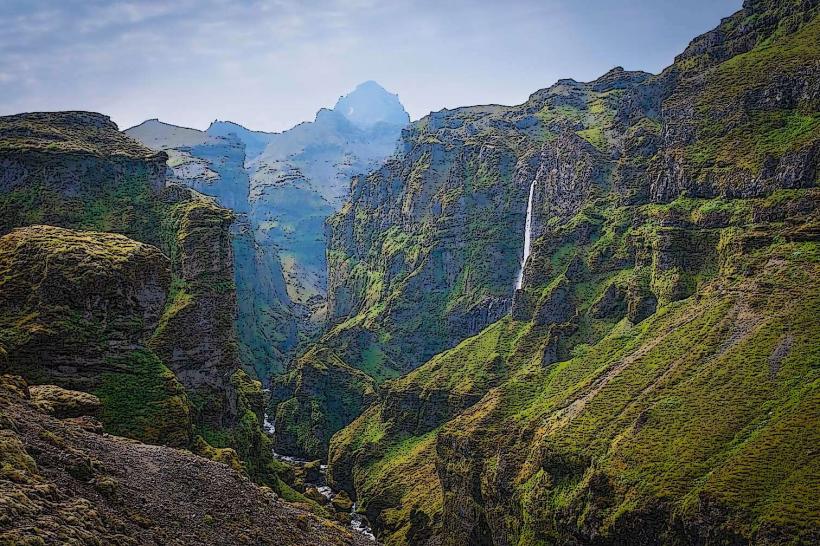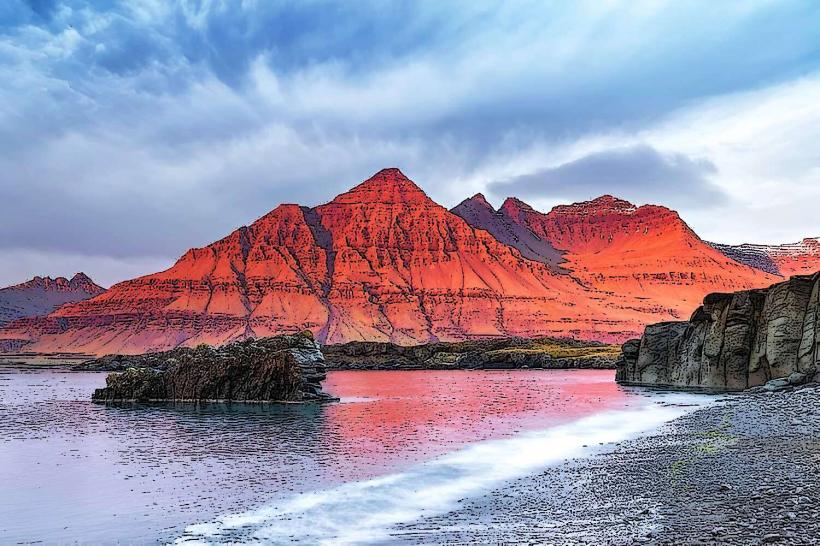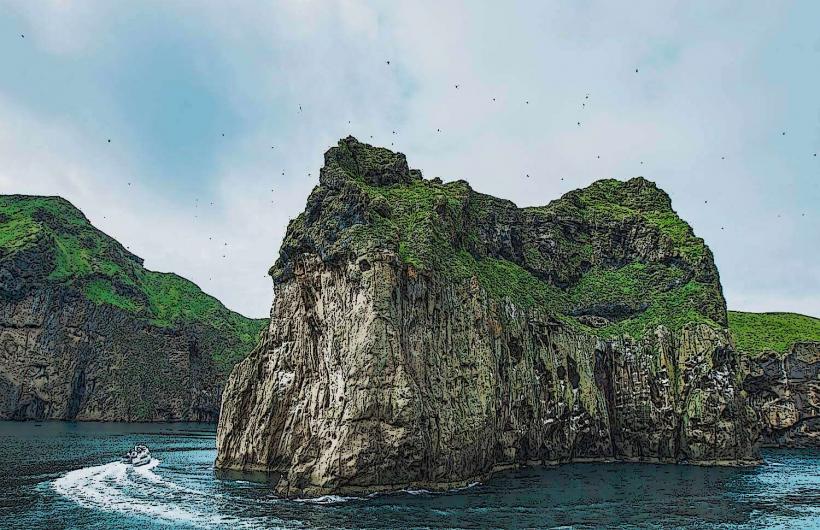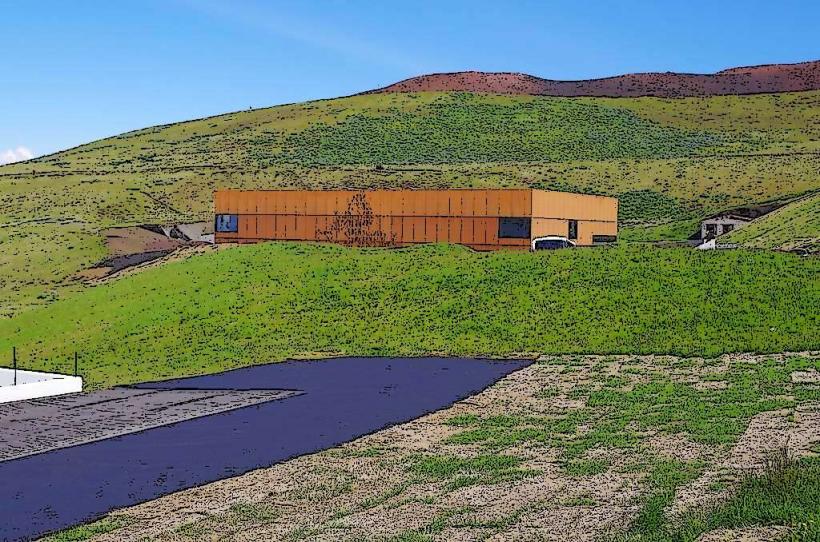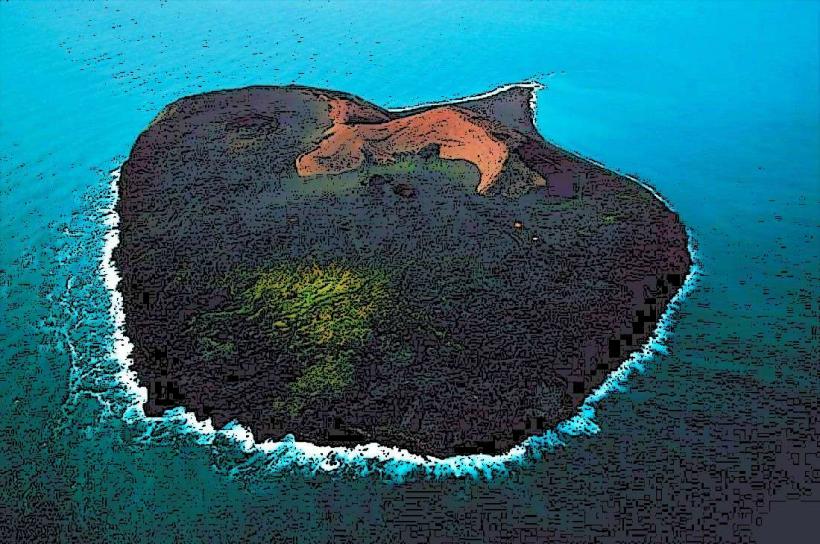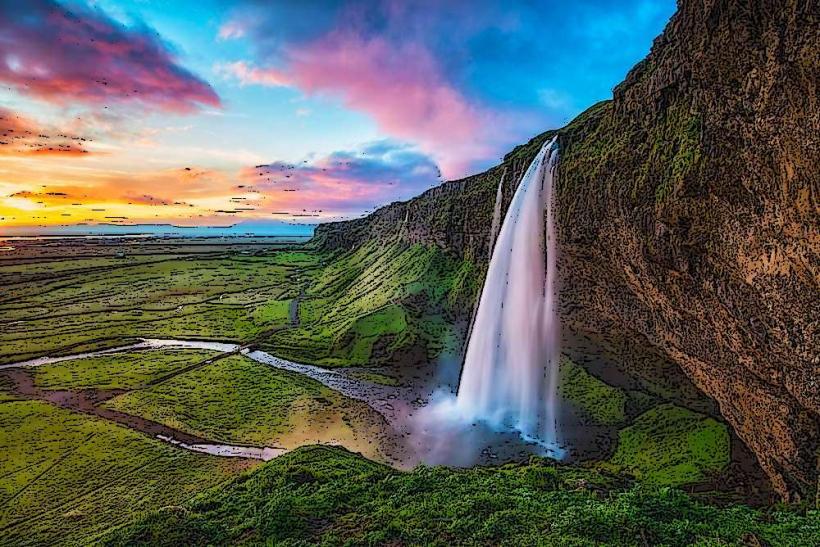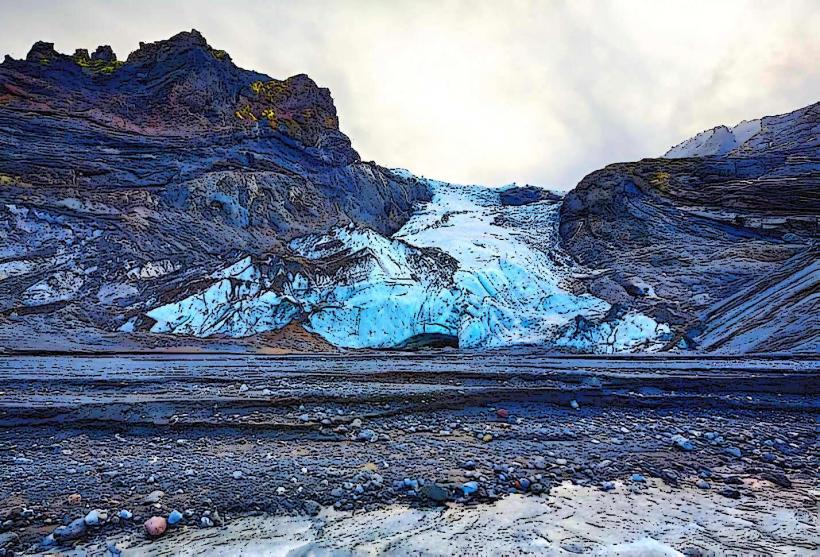Information
Landmark: Elífsdóttir CaveCity: Vik
Country: Iceland
Continent: Europe
Elífsdóttir Cave, located in Þórsmörk, a nature reserve in southern Iceland, is a popular and lesser-known destination for travelers seeking a more remote, geological experience. This cave is part of the dramatic and rugged landscape of Iceland’s highlands, offering visitors a chance to explore the country’s natural subterranean features. The cave is named after Elífsdóttir, and it stands out for its historical and geological significance, as well as its stunning natural surroundings.
Geological Features and Formation
- Formation: Elífsdóttir Cave is primarily a lava tube, formed by volcanic activity. Lava tubes are created when a flow of lava from an eruption creates a hard crust on the surface while the lava beneath continues to flow, eventually draining out and leaving a hollow channel. These types of caves are common in Iceland, where volcanic activity has shaped much of the landscape.
- Size and Layout: The cave has various chambers and tunnels that can be explored, with some areas offering impressive natural formations such as stalactites and stalagmites. While not as large as some of Iceland’s more famous caves, Elífsdóttir is known for its intimate, untouched nature, which makes it a rewarding visit for those seeking something off the beaten path.
Historical Significance
- Myths and Legends: Elífsdóttir Cave is steeped in Icelandic folklore. The name "Elífsdóttir" translates roughly to "daughter of Elíf" in English, and local legends suggest that the cave is named after a mythical or historical figure associated with the area. Many caves in Iceland are tied to ancient stories, often related to hidden treasures, supernatural beings, or local heroes, and Elífsdóttir is no exception. While the exact tale behind the name remains a subject of local interest, it adds an intriguing layer to the cave's mystique.
Visiting Elífsdóttir Cave
Access: The cave is located in Þórsmörk, which is known for its spectacular landscapes and hiking trails. To reach the cave, visitors typically need to hike through the rugged terrain of the nature reserve, often using off-road vehicles to navigate the rough, mountainous roads leading to the area. Access to Þórsmörk is usually restricted to certain months due to weather conditions, so visitors should plan their trips carefully. The cave itself is located in a somewhat remote spot, requiring some adventure to reach.
Hiking Trails: Elífsdóttir Cave is often accessed through hiking routes that take visitors through the beautiful and remote Þórsmörk valley, with its volcanic ridges, glaciers, and lush vegetation. Hiking to the cave can take anywhere from 30 minutes to 2 hours, depending on the route and pace. Some tours in the area combine the visit to the cave with other scenic spots like Seljalandsfoss or Skogafoss waterfalls, making it a great addition to a longer hiking itinerary.
Guided Tours: Because the cave is located in a somewhat isolated area and its entry can be tricky to navigate, many visitors opt for a guided tour. These tours are led by knowledgeable guides who can provide context on the cave's geological features and folklore, ensuring a safe and educational experience. Guided tours often include not just a visit to Elífsdóttir but also other parts of Þórsmörk, a stunning nature reserve that boasts incredible views, glacial rivers, and rugged volcanic landscapes.
Natural Beauty and Wildlife
- Surrounding Landscape: The area around Elífsdóttir Cave is stunningly beautiful. Þórsmörk is a valley surrounded by glaciers and mountains, with rivers and waterfalls dotting the landscape. The valley is also known for its rich vegetation, including birch trees, mosses, and grasses, creating a lush environment despite the rugged surroundings. The stark contrast between the dark volcanic rock and the green vegetation makes this area a photographer’s paradise.
- Wildlife: While Iceland is known for its rugged, barren landscapes, Þórsmörk and its surrounding areas are home to a variety of wildlife. Birds, such as puffins, gulls, and arctic terns, are common in the region. In addition, the surrounding highlands provide habitat for Icelandic sheep and other animals, making this area a haven for nature lovers.
Safety Considerations
Weather Conditions: The weather in Iceland can be unpredictable, especially in the highlands, so visitors planning to hike to Elífsdóttir Cave should come prepared with appropriate clothing, including waterproof gear, sturdy hiking boots, and warm layers. The terrain can be challenging, and weather changes can occur quickly, so hikers should check forecasts and be prepared for sudden changes.
Cave Exploration: While the cave itself is not particularly dangerous, it’s always important to exercise caution when exploring lava tubes or other underground formations. The ground inside lava tubes can be uneven and slippery, so visitors should move carefully. It’s advisable to bring a flashlight, as the cave may be dark in certain sections, and some areas may require a bit of crawling or careful maneuvering.
Conclusion
Elífsdóttir Cave is a fascinating and somewhat hidden gem in Iceland, offering an opportunity to explore the country’s volcanic geology and immerse oneself in Icelandic folklore. While it may not be as well-known as other caves or natural attractions, its location in Þórsmörk, with its awe-inspiring landscapes and rich history, makes it a unique and rewarding stop for adventurous travelers. Whether you're interested in geology, hiking, or folklore, visiting Elífsdóttir Cave is an excellent way to experience the rugged beauty of Iceland’s south coast.

